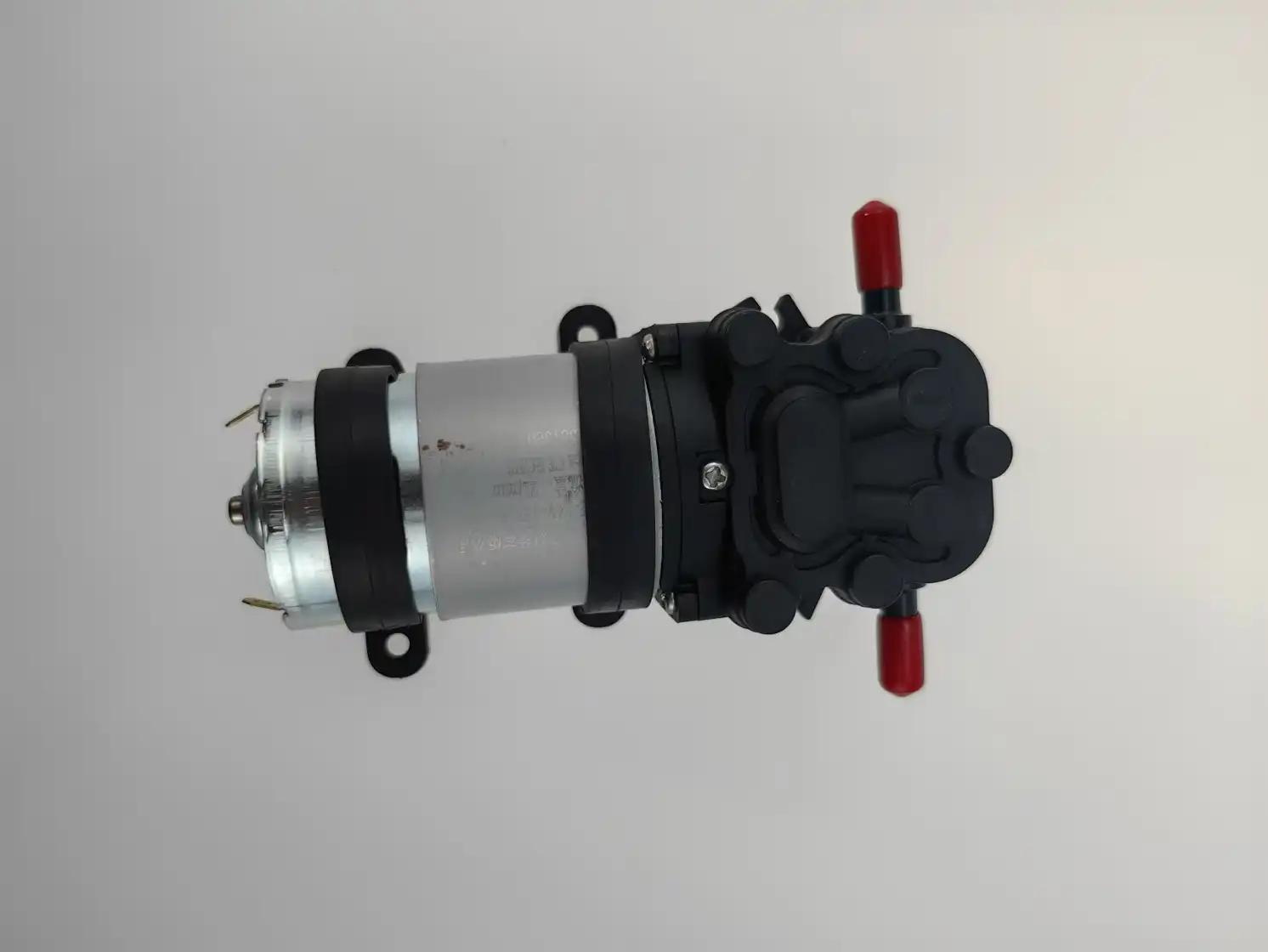How does a Coffee Machine Pump work?
2024-09-19 11:42:33
Coffee machine pump is an essential part in the blending system, serving a critical job in the extraction of espresso flavors and smells. Their primary function is to produce the necessary pressure to force water through coffee grounds, resulting in a brew that is both consistent and of high quality. Pumps are necessary for achieving the desired taste and texture of the coffee, whether in specialty brewing systems, home coffee makers, or commercial espresso machines.
Its Function involves a brewing system, coffee grounds, and a complex interaction. The extraction process can be significantly impacted by the pump's responsibility for delivering hot water at the appropriate pressure. In order to quickly extract oils and flavors from the coffee grounds for espresso, high pressure—typically around 9 bars—is required. The rich crema that is characteristic of a well-made espresso can only be produced through this extraction process.
Coffee machine pump utilizes vibration pumps, rotary pumps, and diaphragm pumps among other types of pumps. Each type has one of a kind elements and applications fit to different blending techniques. For instance, rotary pumps are preferred in commercial settings due to their durability and capacity to maintain consistent pressure under high demand, while vibration pumps are frequently found in home machines due to their smaller size and lower cost.
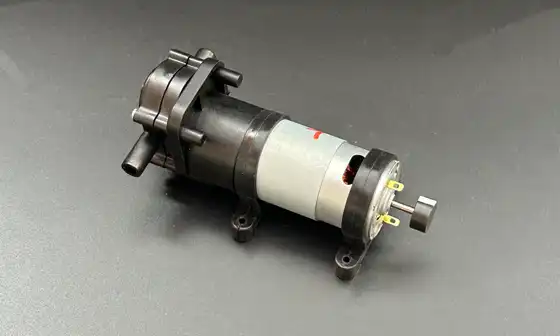
Types of Coffee Machine Pumps
Coffee machine pump typically contain vibratory pumps, also known as vibe pumps. An electromagnetic mechanism powers these pumps. An electrical current moves through a coil inside the pump, creating a magnetic field that causes a piston to move back and forth. The pulsating pressure required to push water through the coffee grounds is created by this rapid movement, which typically occurs at about 60 pushes per second. Despite their reputation for being lightweight and cost-effective, vibratory pumps can be more noisy and less long-lasting than other types.
A rotating mechanism is used by rotary pumps, which are frequently found in commercial and high-end home espresso machines, to generate continuous pressure. An impeller inside a cylindrical chamber spins these pumps, resulting in a constant flow of water at high pressure. Rotary pumps are praised for their longevity and quiet operation. In contrast to vibratory pumps, which must use a reservoir, these pumps can also be connected directly to a water line. Rotary pumps, on the other hand, are larger, more complicated, and more expensive.
The Pumping Process
The siphoning system starts working when the customer turns on the espresso machine. The first step in this activity is typically to warm the water to the optimal fermenting temperature, which is typically somewhere in the range of 190°F to 205°F (88°C to 96°C). The coffee machine pump is turned on when the water reaches the desired temperature, and the heated water is pumped into the brewing chamber.
By creating a vacuum, the siphon removes water from the supply. Water flows into the coffee grounds in the portafilter or brewing basket through a series of channels as the pump motor applies pressure. The speed and consistency of this water flow are affected by the pump's design, whether it is a rotary pump or a vibration pump.
A vibration siphon utilizes an electromagnetic cylinder that moves rapidly to make pressure, though a turning siphon utilizes cog wheels to keep the progression of water steady. In spite of the way that both are fit for creating the vital strain for fermenting, rotational siphons are habitually used in business gear because of their steadfastness and ability to keep up with tension for longer timeframes.
The soluble compounds, oils, and flavors are broken down by the pressurized water as it penetrates the coffee grounds, kicking off the extraction process. This stage is essential due to the possibility of under- or over-extraction, both of which have a negative impact on the flavor of the espresso.
Eventually, the exact siphoning methodology essentially affects the last mix's quality as well as empowering the espresso machine to appropriately work. The fact that the pump's precision and effectiveness determine how well the coffee machine pump is extracted highlights its significance in producing the best cup of coffee.
To summarize, an espresso machine's siphoning system is a crucial part of fermenting high-quality espresso because it ensures the best flavor extraction.
Impact on Coffee Quality
The pumping procedure has a significant impact on the quality of the coffee that is brewed in a coffee machine pump. The flavor, aroma, and overall experience of the cup are ultimately determined by this crucial mechanism, which controls how water interacts with coffee grounds. Professionals and amateurs alike who want to improve their brewing methods need to have a solid understanding of the connection between the pumping process and the quality of the coffee.
The amount of time it takes for water to extract flavors from the coffee grounds is another important factor that the pumping process influences. The interaction between coffee and water can be enhanced by optimizing the extraction time with well-managed pump settings. The ideal extraction times for various brewing methods can vary significantly. For instance, pour-over or drip methods can take several minutes, while espresso typically takes 25 to 30 seconds. During this time, the pump must be able to control flow and pressure in order to get the flavor and aroma you want.
The kind of coffee beans used affects the pumping process as well. Various beans have different solvency attributes, which influence how flavors are extricated. The brewing process can be tailored to suit specific coffee types with the assistance of a high-quality coffee machine pump that is capable of precise adjustments, ensuring that distinctive flavor notes are highlighted. On the other hand, a poor brew may result from a pump's inability to extract all of the flavors in specialty coffees.
In conclusion, the quality of the coffee produced is significantly affected by the pumping procedure in coffee machines. The final cup's flavor and aroma are heavily influenced by factors like water temperature, pressure consistency, flow rate, and extraction time. Baristas and coffee enthusiasts can improve their brewing techniques by comprehending and optimizing the pumping process, resulting in a richer and more satisfying cup of coffee. It is impossible to overstate how essential it is to make an investment in a high-quality pump in order to realize the full potential of the coffee that is being brewed.
Coffee Machine Pump Supplier
If you are in need of a coffee machine pump, consider Topping Motor. Their pumps come with a range of voltage options, including DC 12V/24V and 6~36V. Customized parts are also available to fit specific needs. Topping Motor is a reliable supplier, and you can reach out to them at sales@huan-tai.org for more information.
References
- Brew Coffee Home: Vibration Pump vs. Rotary Pump
- Clive Coffee: How to Choose an Espresso Machine - Pumps and Water Supply
- Your Coffee and Tea: How Espresso Machines Work & Their 5 Main Parts
- Craft Coffee Spot: How An Espresso Machine Works: A Detailed Guide
- HowStuffWorks: How Espresso Machines Work
- Dial Up The Coffee: How Coffee Machines Work: An In-Depth Look
Send Inquiry
Related Industry Knowledge
- What are the specifications needed for the vending machine?
- How Often Should You Replace Coffee Vending Machine Spare Parts?
- What Is a Multi Boiler Coffee Machine?
- What Does Coffee Boiler Mean?
- What Does a Boiler Do in a Coffee Machine?
- What are the sizes of vending machine touch screen?
- Touch screen for vending machine
- Is a grinder more important than an espresso machine?
- How to evaluate the performance and stability of the Control Board For Vending Machine?
- How to use a Coffee Vending Machine Ingredient Canisters?

.webp)
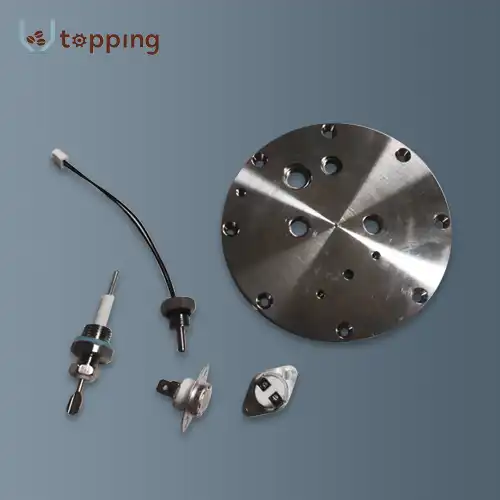

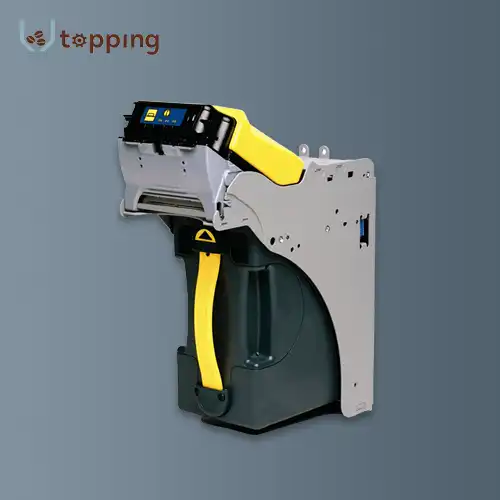
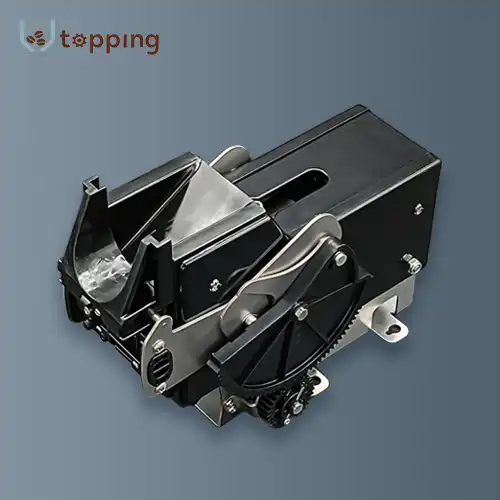

.webp)
